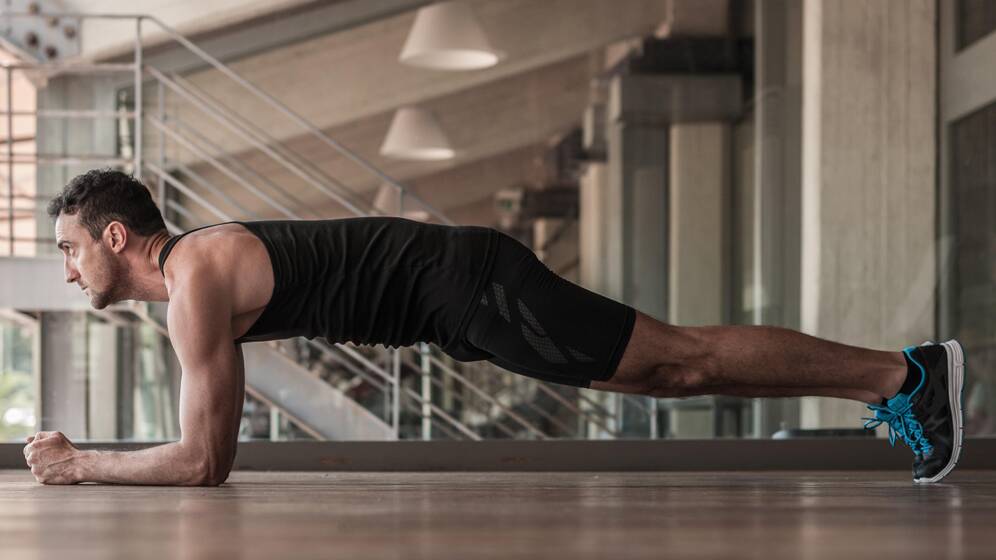What exactly is core training? Should we do specific core exercises and, if so, which ones?
Subscribe now for unlimited access.
$0/
(min cost $0)
or signup to continue reading
Well, first we have to clarify what our core is. The core stabilises our spine, protects our internal organs, supports balance and stability, transfers power through the body, and allows us to stand and bend.
Of course we only ever think of the rectus abdominis (the six-pack muscles), but the core comprises several sets of muscles that work together.
They include the transverse abdominis (TA), obliques, iliopsoas, pelvic floor muscles, multifidus and erector spinae.
The TA is like our natural girdle. Its primary role is to stabilise the spine.
But because of our unhealthy focus on "ab" exercises, such as crunches and sit-ups, which use mainly surface muscles, most people have a hard time activating and using their TA.
Doing crunches overworks surface muscles, disengages more core muscles and tightens hip flexors, which often leads to lower back pain and poor posture.
If you want to do specific core exercises, choose movements such as carries, rollouts, planks and side planks, hollow rocks, Pilates 100s, dead bugs, kneeling or standing on a balance ball, Pallof presses, woodchops, mountain climbers or - the king of them all - the Turkish get-up.

These are movements that create tension throughout your whole body and engage your core as God meant it to be engaged.
They also cover the three planes of movement: forward and backwards, side to side, and rotation.





